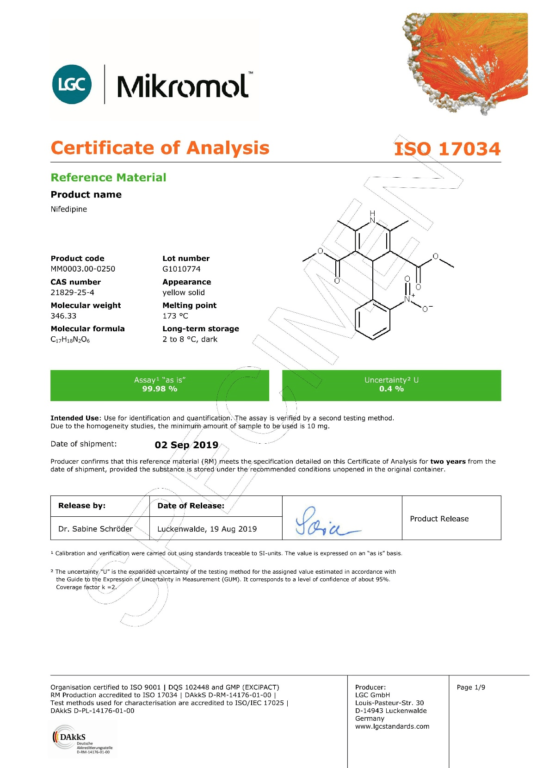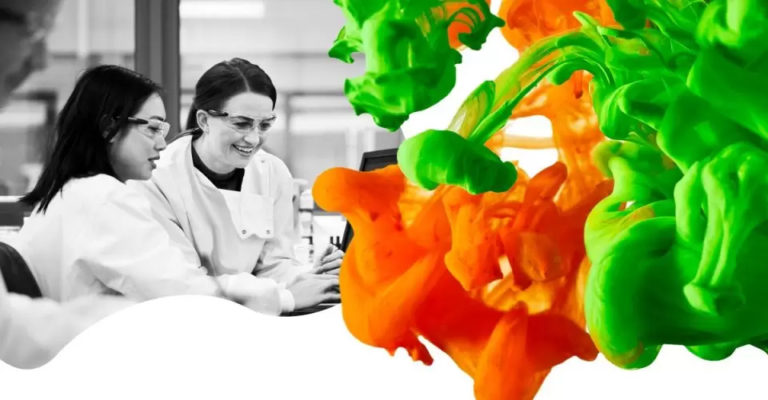An ISO 17034 Reference Standard is one that complies with a certain regulatory framework for reference material. In contrast to ISO 17025, which is concerned with the general competence of Testing and Calibration Laboratories.
The main standards for reference material (RM) manufacturers, including certified reference materials, are defined in the ABNT NBR ISO 17034:2017 standard.
The International Organization for Standardization’s certification method for reference material providers, ISO 17034, is used to create reference material suppliers for a wide range of scientific sectors. ISO 17034 is especially developed to offer a regulatory framework for reference material manufacturers.
ISO 17034, published in 2016, included a number of upgrades and improvements to a seven-year-old document (ISO guide 34:2009), putting it in line with ISO’s ‘17000 series’ of conformity assessment schemes. Many of these schematics, developed in collaboration with the International Electrotechnical Commission (IEC), cover a wide variety of themes, from the use of braille in signage, equipment, and appliances (ISO 17049) to technical standards for meteorological weather balloons (ISO 17717).
In order to align the scheme with this broader series of conformity assessment, a joint working group, made up of experts and stakeholders from the ISO Committee on Conformity Assessment (ISO/CASCO) and the ISO Committee on Reference Materials (ISO /REMCO), worked painstakingly on the revision for two years. The committee updated the structure of the document according to a sequence employed in ISO conformity assessment standards, and specified or elaborated a series of requirements.
The scheme offers a full analysis of general competency criteria for RMPs and should be used in combination with standard quality assurance processes for reference material manufacturing. Accreditation means you can confidently show the quality of operations across the whole production process, whether the firm is providing high-quality reference materials for laboratories in the pharmaceutical, food and beverage, or industrial sectors.
The intricacies of ISO accreditation might be perplexing, but the end result for laboratories seeking ISO 17034 recognized reference materials is a significant improvement in quality and international reputation. Assay values for LGC ISO 17034 recognized pharmaceutical reference materials are determined using an ISO 17025 accredited method and confirmed using an independent secondary procedure. These materials are accompanied with a thorough certificate of analysis (CoA), as indicated below, as well as a measurement uncertainty. They are also examined for stability and uniformity, which adds to their dependability.

The ISO 17034 reference standards, like any other scientific product, are best viewed as a tool – a tool designed for a specific purpose. More than 500 products in the LGC range of pharmaceutical APIs are ISO 17034 certified – obtaining the highest possible quality products is not essential for some labs, such as research labs, but for pharmaceutical labs, these pharmaceutical grade API reference standards represent the cream of the crop when it comes to reference standards.
“Customers producing a pharmaceutical substance or pharmaceutical product designed for human consumption would benefit the most from employing an API ISO 17034 reference standard,” stated Sabrina Kusserow, LGC Standards‘ Global Pharmaceuticals Manager. “Strict rules must be followed to maintain medication safety; consequently, our clients must generate precise analytical data and be able to demonstrate this to authorities.”
Auditors, for example, may assess the reference standards documents utilized following a Marketing Authorization Request (MAA). If the reference standards utilized are found to be inadequately defined, or if the certificate of analysis is found to be deficient in information, issues are unavoidable. “Using a reference standard manufactured under ISO 17034 certification decreases the danger of erroneous results as well as audit findings,” Kusserow argues.

